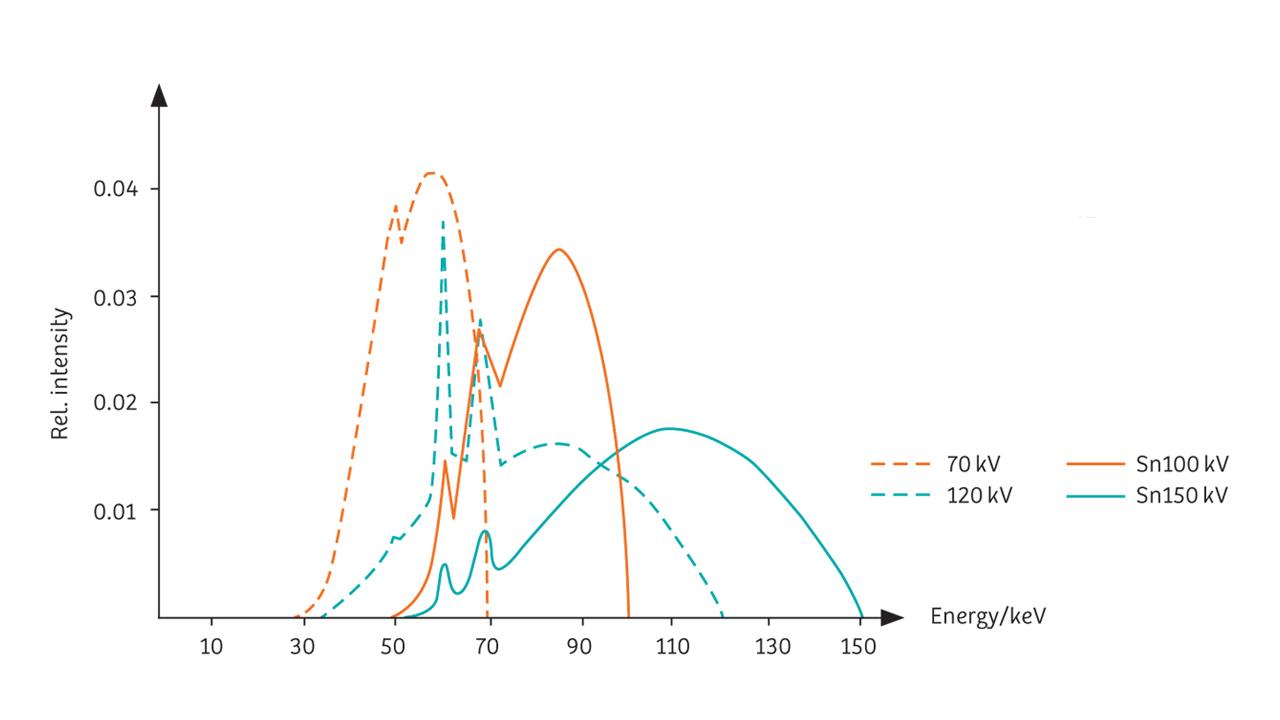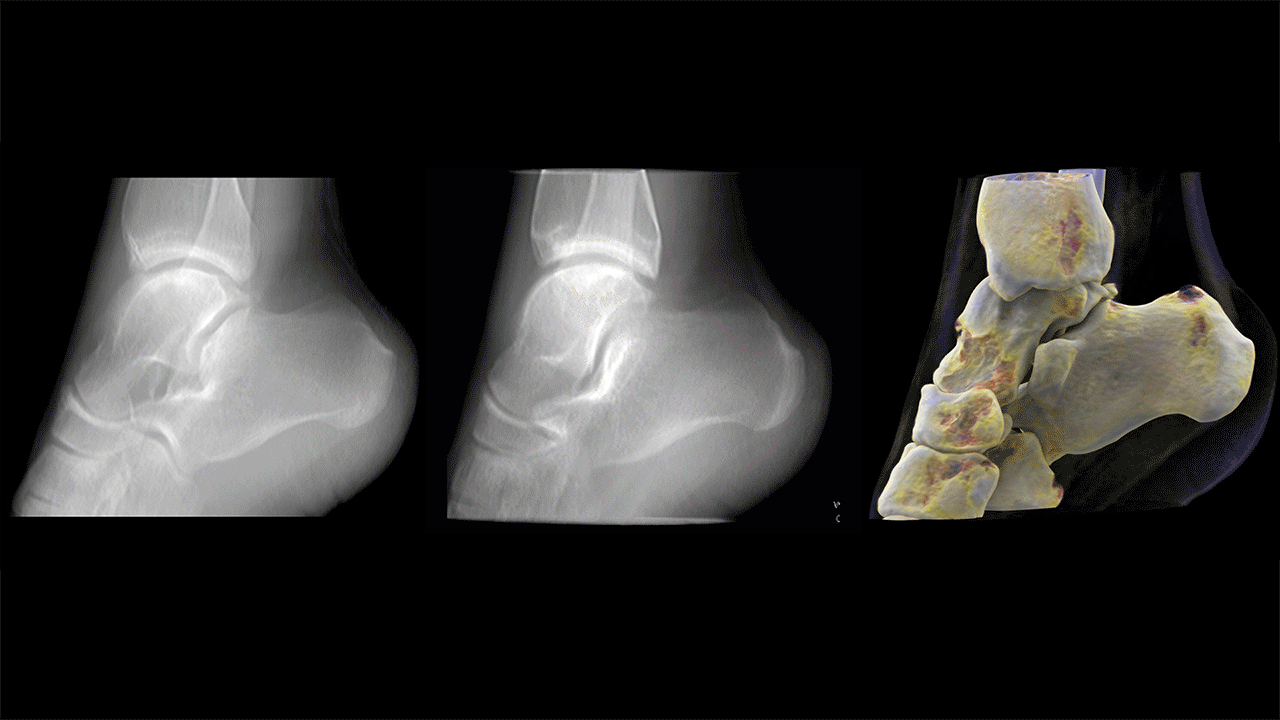| | |
High-pitch low-dose abdominopelvic CT with tin-filtration technique for detecting urinary stones
Zhang GM, Shi B, Sun H, Xue HD, Wang Y, Liang JX, et al.
Abdom Radiol, 2017 Aug;42(8):2127-34. | Lower dose whilst improving image quality | |
Low-dose abdominal computed tomography for detection of urinary stone disease – Impact of additional spectral shaping of the X-ray beam on image quality and dose parameters
Dewes P, Frellesen C, Scholtz JE, Fischer S, Vogl TJ, Bauer RW, et al.
Eur J Radiol. 2016 Jun;85(6):1058-62. | Lower dose whilst improving image quality | |
Approaches to ultra-low radiation dose coronary artery calcium scoring based on 3rd generation dual-source CT: A phantom study
McQuiston AD, Muscogiuri G, Schoepf UJ, Meinel FG, Canstein C,
Varga-Szemes A.
Eur J Radiol. 2016 Jan;85(1):39-47. | Agatson equivalent CaScoring | |
Ultra-low Dose and Ultra-fast Scan in a Patient with Dyspnea
Chen G, Sun K, Liu X, Zhao R, Zhao X.
SOMATOM Sessions, Dec 2015. | | |
Ultra-low-dose CT with tin filtration for detection of solid and sub solid pulmonary nodules: a phantom study
Martini K, Higashigaito K, Barth BK, Baumueller S, Alkadhi H, Frauenfelder T.
Br J Radiol. 2015 Oct; 88(1056): 20150389. | Detection of sub-solid nodules is feasible with ultra-low-dose protocols | |
Unenhanced third-generation dual-source chest CT using a tin filter for spectral shaping at 100 kVp
Haubenreisser H, Meyer M, Sudarski S, Allmendinger T, Schoenberg S, Henzler T.
Eur J Radiol. 2015 Aug;84(8):1608-13. | Lower dose whilst improving image quality | |
Imaging the Parasinus Region with a Third-Generation Dual Source CT and the Effect of Tin Filtration on Image Quality and Dose
Lell MM, May MS, Brand M, Eller A, Bruder T, Hofmann E, et al.
AJNR Am J Neuroradiol. 2015 Jul,36(7):1225-30. | Low dose,
Use CT instead of cone beam | |
The Importance of Spectral Separation. An Assessment of Dual-Energy Spectral Separation for Quantitative Ability and Dose Efficiency
Krauss B, Grant KL, Schmidt BT, Flohr TG.
Invest Radiol 2015 Feb;50(2):114-8. | Dual Energy spectral seperation | |
Very Low-Dose (0.15 mGy) Chest CT Protocols Using the COPDGene 2 Test Object and a Third-Generation Dual-Source CT Scanner With Corresponding Third-Generation Iterative Reconstruction Software
Newell JD Jr, Fuld M, Allmendinger T, Sieren JP, Chan KS, Guo J, et al.
Invest Radiol, 2015 Jan;50(1):40-5. | Very low dose levels (0.15 mGy) | |
Ultra-low-Dose Chest Computed Tomography for Pulmonary Nodule Detection. First Performance Evaluation of Single Energy Scanning With Spectral Shaping
Gordic S, Morsbach F, Schmidt B, Allmendinger T, Flohr T,
Husarik D, et al.
Invest Radiol. 2014 Jul;49(7): 465-73. | Lower dose whilst improving image quality | |
Dual-Source Dual-Energy CT With Additional Tin Filtration: Dose and Image Quality Evaluation in Phantoms and In Vivo
Primak AN, Ramirez Giraldo JC, Eusemann CD, Schmidt B, Kantor B, Fletcher JG
AJR Am J Roentgenol. 2010 Nov;195(5): 1164-74. | Dual Energy spectral seperation | |
Dual Energy CT of the Chest
How About the Dose?
Schenzle JC, Sommer WH, Neumaier K, Michalski G, Lechel U,
Nikolaou K.
Invest Radiol. 2010 Jun;45(6):347-53. | | |







